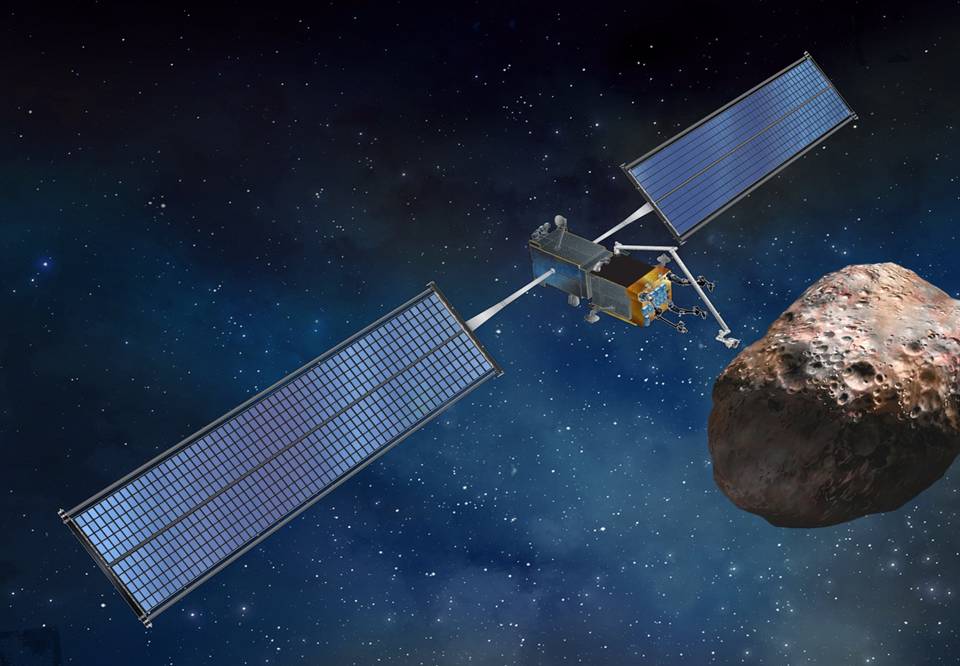A new Roll-Out Solar Array (ROSA) that could one day be used as a cost-effective method in which to transport cargo over long distances beyond the Earth, is being tested along side the International Space Station.
ROSA is a groundbreaking, compact and lightweight technology that rolls up and stows into a very compact volume and is strong enough to withstand the perils of space. Compared with other designs in the industry, ROSA is also relatively affordable – a feature that no doubt helps the overall package look attractive indeed.
ROSA has been developed by NASA’s Space Technology Mission Directorate (STMD), along with Deployable Space Systems (DSS) of Santa Barbara, California and Space Systems Loral (SSL) of Palo Alto, California – a company that is used to building some of the world’s highest power satellites.
Aside from becoming a potential ‘standard’ in future satellites that make use of solar arrays, NASA has also been eyeing up the technology for use in missions such as the agency’s Asteroid Redirect Mission. Although the Trump administration has called for the cancellation of the project, if it were to get the go-ahead, it is envisaged that the robotic mission could utilise a technology like ROSA to visit a large near-Earth asteroid, retrieve a multi-ton boulder from the asteroid’s surface and then redirecting the object into a stable orbit around the moon for subsequent inspection and sampling by astronauts.
Larger solar arrays have the advantage of producing more power, however, the challenge has always been to pack them more efficiently for launch and then to deploy them once in the right orbit.
“What the work on ROSA has done is develop a technique to deploy very large surface areas of flexible solar arrays, doing that efficiently with low risk. It’s more power without increasing the mass dramatically,” said Al Tadros, SSL vice president for Civil and Department of Defense Business in an earlier interview.
Right now, ROSA is sitting at the end of a robotic arm outside of the International Space Station where it will undergo a series of operational tests to examine how the system responds to extreme temperatures, microgravity and vibrations. Once retracted, the panel will be stowed back inside the trunk of SpaceX’s Dragon cargo vehicle ready for its return to Earth.
The solar electric propulsion technology that is scalable, can also be configured and combined with other ROSAs for very high power levels, and could also be used on future planetary missions. Brian Spence, president of DSS envisages that expeditions around Mars for example could benefit by deploying solar array and then retracting them for point-to-point travel across the rugged landscape of the Red Planet.
“It’s very unique and innovative, different than anything that’s been done before. However, it’s also extremely simple,” explains Spence. “I think that we’re at the cusp of something really big here.”











